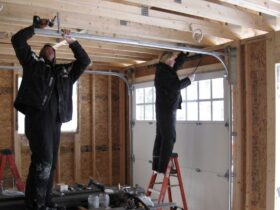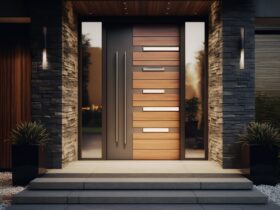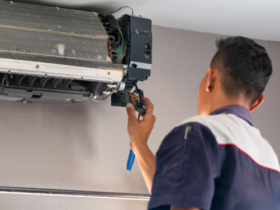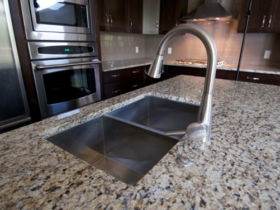Our kitchen cabinets are among the most widely used components of the home. Think about it, you cook two to three meals a day, every day. Some or all of the ingredients needed for the meal are kept in your cabinetry. So are the pots and pans needed for cooking the meal. You probably even keep the plates you use to eat the meal from in your cabinets. Don’t forget about the utensils necessary for prepping, cooking, and eating your food.
All of that opening and closing of your cabinet doors and drawers on a consistent basis can lead to a considerable amount of wear and tear in a shorter period of time than you might think. A nick here, a chip there, before long, the kitchen cabinets look worn down and dull.
There are various types of damage that can be repaired or masked when you refinish your cabinets. Minor damage or deep-seated damage, depending on the severity of the problem you can turn to professional kitchen cabinet refinishing in coeurd’alene to solve the issue.
Consider how bad the damage has gotten on your cabinets and then you can decide if refinishing your cabinets is the way to go or if replacement is a better option. In most cases, the former will suffice for keeping your kitchen looking its very best.
Minor Damage Issues
Cabinet refinishing is ideal for repairing those shallow scuffs, scratches, and those areas where the finish has been worn away. Anything where the finish has been compromised or the damage to the wood is cosmetic, without any deeper penetration past the surface level can be fixed by refinishing.
A finish that is peeling or faded can be fixed. So can finish that has lost its luster or changed color. The same thing goes for light scratches and scuffing.
Deeper Damage Problems

Now here is where things can get a little complicated. Certain types of deeper damage can still be addressed by refinishing but there is a fine line with respect to the type and extent of damage that has been done to the wood of the cabinet.
You can restore certain types of damage such as deeper scratches, dents and gouging, even dark stains and some types of minor water damage. These fixes can be made through sanding the affected areas or adding filler to the deep gouges and dents that exist in the facades of your cabinetry.
Deeper damage can be repaired in most cases, as long as the integrity of the wood has not been compromised. For problems that have significantly penetrated or even dismantled the surface of the wood, you are likely looking at a replacement job instead.
Wood that has warped, cracked, or showing signs of rot or pest infestation is not going to be helped with refinishing and you have a much larger problem on your hands. Depending on the extent of these types of damage, it may be possible to replace the affected area directly without a full-scale removal of the entire cabinet.











